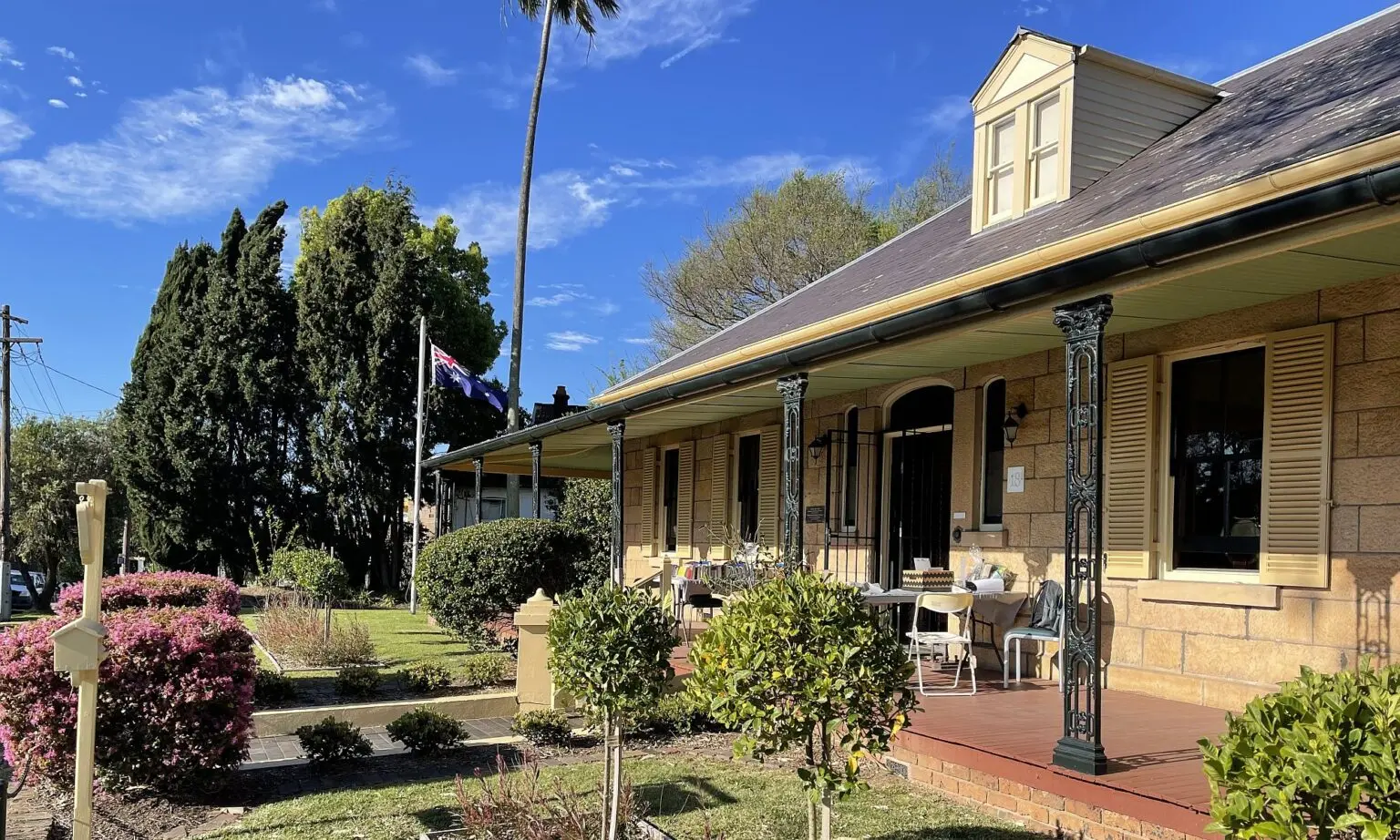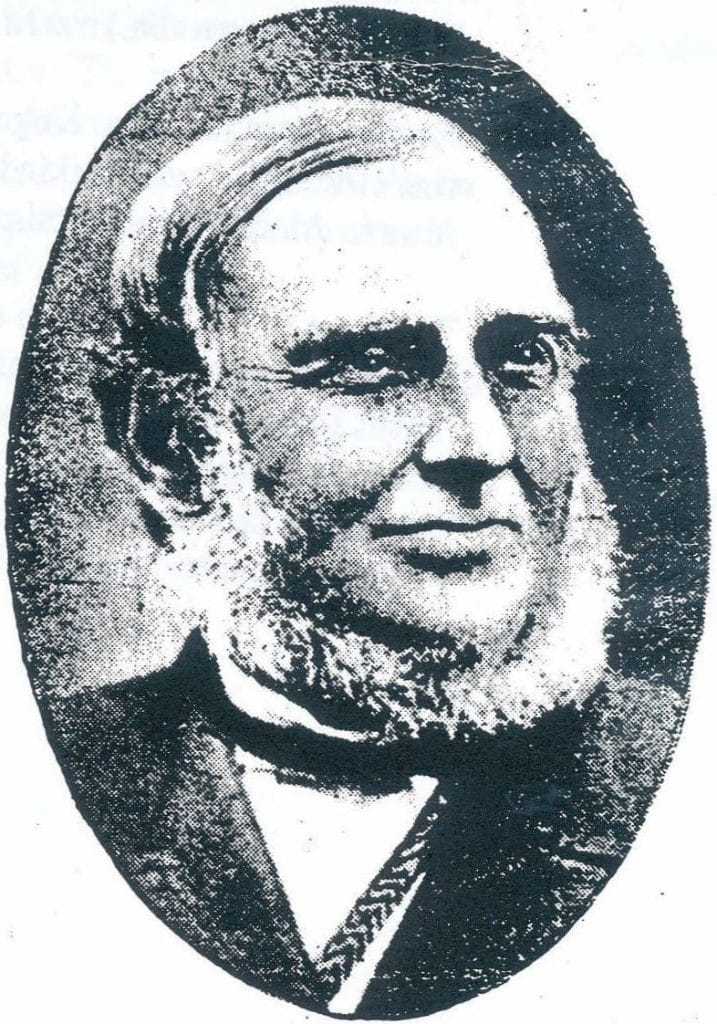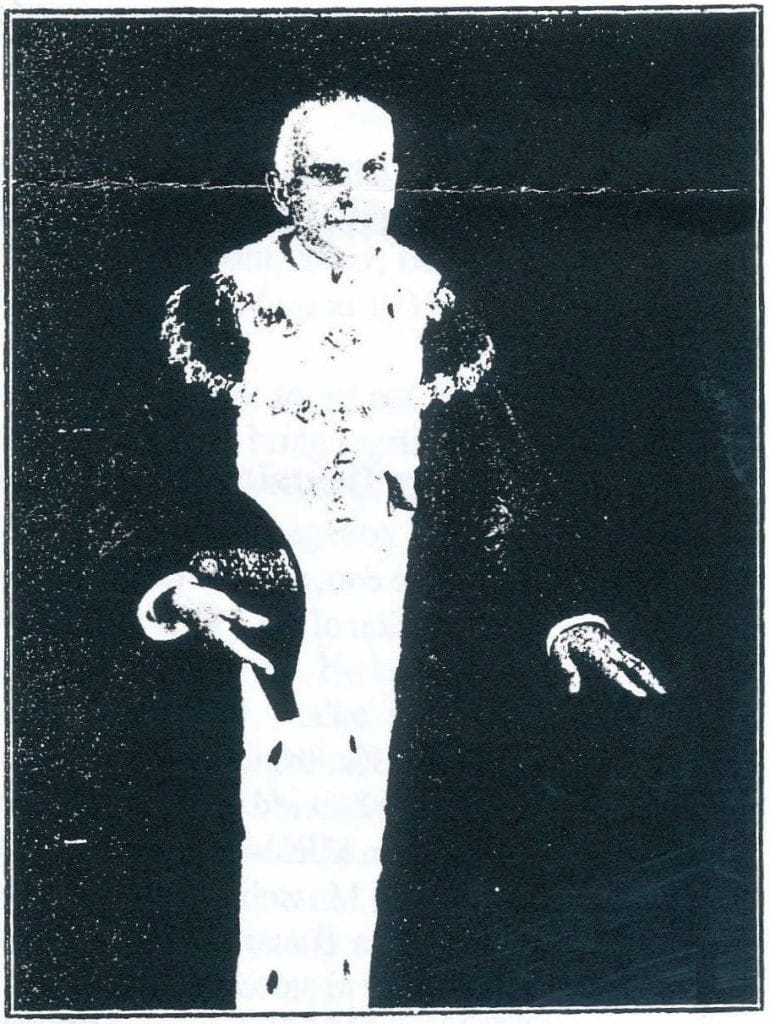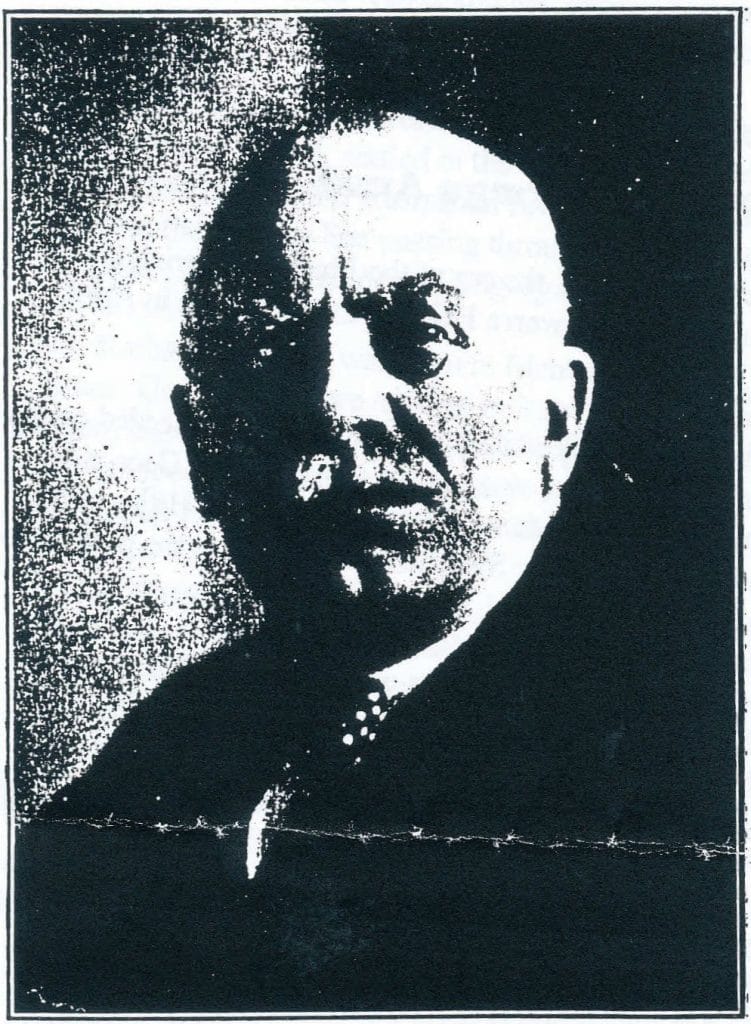by H.L. Kahana
My topic concerns the early Jewish settlement in this area, the era of the Illawarra Jewish Association of the 1930s and the establishment of the Illawarra Hebrew Congregation in April, 1943.
In the 1930s, the Great Depression raged. King George V and Queen Mary were succeeded on the throne by Edward VII, who abdicated after 11 months and was in turn succeeded by George VI and Queen Elizabeth. Franklin D. Roosevelt became President of the United States, Hitler ruled Germany, Mussolini ruled Italy and Stalin ruled Russia, the Spanish Civil War was the prelude to World War II.
The names Scullin, Lang, Lyons and Stevens dominated Australian politics. Rabbi Francis Lyon Cohen, after 29 years as Chief Rabbi of the “Great”, died in 1934, succeeded in office first by Rabbi Ephraim Levi and in 1940 by Rabbi Dr. Israel Porush (I was Rabbi Porush’s first Bar Mitzvah, in Australia.)
A steam train ran from Kogarah to Sans Souci, replaced by trolley buses in 1937. The railway line was electrified to Sutherland in 1926. Sydney had just a million people and there were only 24,000 Jews in Australia in a total population of seven million.
The Jews of the St. George area were, in the main, British or Australian born and their earliest organisation was the Illawarra Jewish Association (1931-5). The names of the pioneers of the 1930s live on with their descendants in our Shule of today; the names Belinfante, Haneman, Kahana, Morley and Stone for instance. The Solomon family (Esther Tooler’s parents) were also among the pioneers.
The Illawarra Jewish Association held many functions, including:
(1) Meetings and socials at the Allawah Hotel (“Mine Host” was association member Jack Shaw);
(2) Communal Seders at the Masonic Hall – well attended. Picnics at Como;
(3) Arranged right-of-entry scripture classes at Hurstville and Brighton-Le-Sands schools. These were taught by the Late Abe Rothfield, M. C., M. A;
(4) The “younger set” organised dances, socials and even fielded a cricket team in the Jewish Sports Association competitions.
The minutes show that a letter of congratulations was sent to Sarah and Joseph Morris on the birth of their daughter Dawn (now Dawn Kahana). Patrons of the Association included Judge Cohen, Sir Daniel Levi, Sir Isaac Isaacs and Mr. Morris Symonds. The names Steenbohni, Shaw, Barr, Israel, Benjamin, and Biermann also appear as office bearers. The Association folded up in 1935.
In the period leading to World War II, Polish and German Jews who were able to get out of Europe before World War II, settled in the area. By 1943, Mr. Haneman was able to bring together the established British and Australian Jews and the newcomers and start a congregation in this area. Because the railway line passing through the area is the Illawarra line, the congregation adopted as its name “Illawarra Hebrew Congregation“.
Mr. Nathan Haneman was born in Memel, Lithuania, where he attended yeshivot. He later went to Mainz, Germany, before moving to Italy where he lived for 19 years. His wife, Malke, was born in Libau, Latvia (known these days as Liepaja). They had three children, Ben, Eugenia (Jean) and Aliza (Joyce). Mr. Haneman wrote to Rabbi F.L. Cohen, the then “Great”. Rabbi Cohen painted such a picture of prospects in Australia that the Haneman family settled here in 1928.
Rabbi Cohen had a “thing” about Jews forming “ghettos” in this very Anglo country and persuaded Mr. Haneman to go to the suburbs. Mr. Haneman established a business and home in the Kogarah – Carlton area. He sought out and found Jews in the area, and at the beginning of 1943 decided the time was ripe to establish a Jewish congregation.
At a meeting held at Mr. Haneman’s home on 21st February, 1943, Messrs. Haneman, Stone, Kahana, Bratt and Liachowski decided to form a Hebrew congregation. The inaugural meeting was held on the 4th of April, 1943 and attended by 18 people. Elected to office were: President, Mr. Nathan Haneman, Hon. Secretary, Mr Phillip Stone, Hon. Treasurer, Mrs. May Solomon. As far as I know, our congregation was the first in Sydney to have a lady on the board (and this was in 1943!) Membership fees were fixed at one pound and one shilling per annum.
Friday evening services were held in a small room adjoining the St. George Technical College and later in a room at the Kogarah School of Arts. A chazan was engaged for the High Holy Days’ services, assisted by Mr. Haneman and Mr. Bratt ( our two Friday night readers). A Sefer Torah was lent to the congregation by the “Great”. Our services were modelled on those of the “Great” which is still our “mother congregation” Alma Mater. At our social functions, we were often entertained by pianists Raymond Fischer and Albert Landa.
During the war years, we had a spirit of togetherness, that we have not known since. We urgently needed the company, companionship and understanding of fellow Jews. The candles, alight on Friday evenings in the shtibl at the School of Arts, had a magic of their own.
I remain ever grateful to my teacher, Mr. Haneman, who took me to the “Great” every Shabbat morning for seven years and taught me Hebrew at his home on Shabbat afternoons. He never took a cent from me. It was his mitzvah.
This article was first published in the January 2000 edition of our magazine.
Browse the magazine archive.




